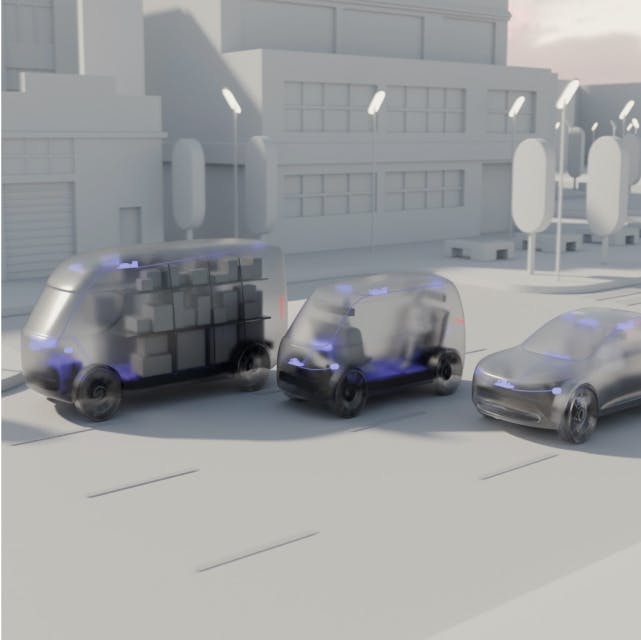If you’re passionate about solving complex problems and pushing the boundaries of technology, we’d love to hear from you.
Workflow to align aerial map data to vehicle data.
Workflow to align vehicle data to aerial map data.
Localization model architecture consisting of two components, an online encoder (top) which consumes onboard LiDAR spins, and a geospatial encoder (bottom) which consumes aerial DSM and/or imagery. The embedding images produced by these two components are aligned with each other by computing the cross-correlation over a search window of possible x, y, and θ offsets.
Localization results from models trained using no alignment vs. vehicle-to-map alignment. The first row from left to right: USGS DSM, online LiDAR, USDA aerial imagery; subsequent rows show models trained without alignment and by vehicle-to-map alignment, respectively. Note the improved contrast of the online embedding (center) and reduced uncertainty (right) with improved training alignment.
Localization results from models using either aerial RGB imagery only or aerial DSM only. The first row from left to right: USGS DSM, online LiDAR, USDA aerial imagery; subsequent rows show results from models trained with aerial RGB imagery only or aerial DSM data only, respectively.


